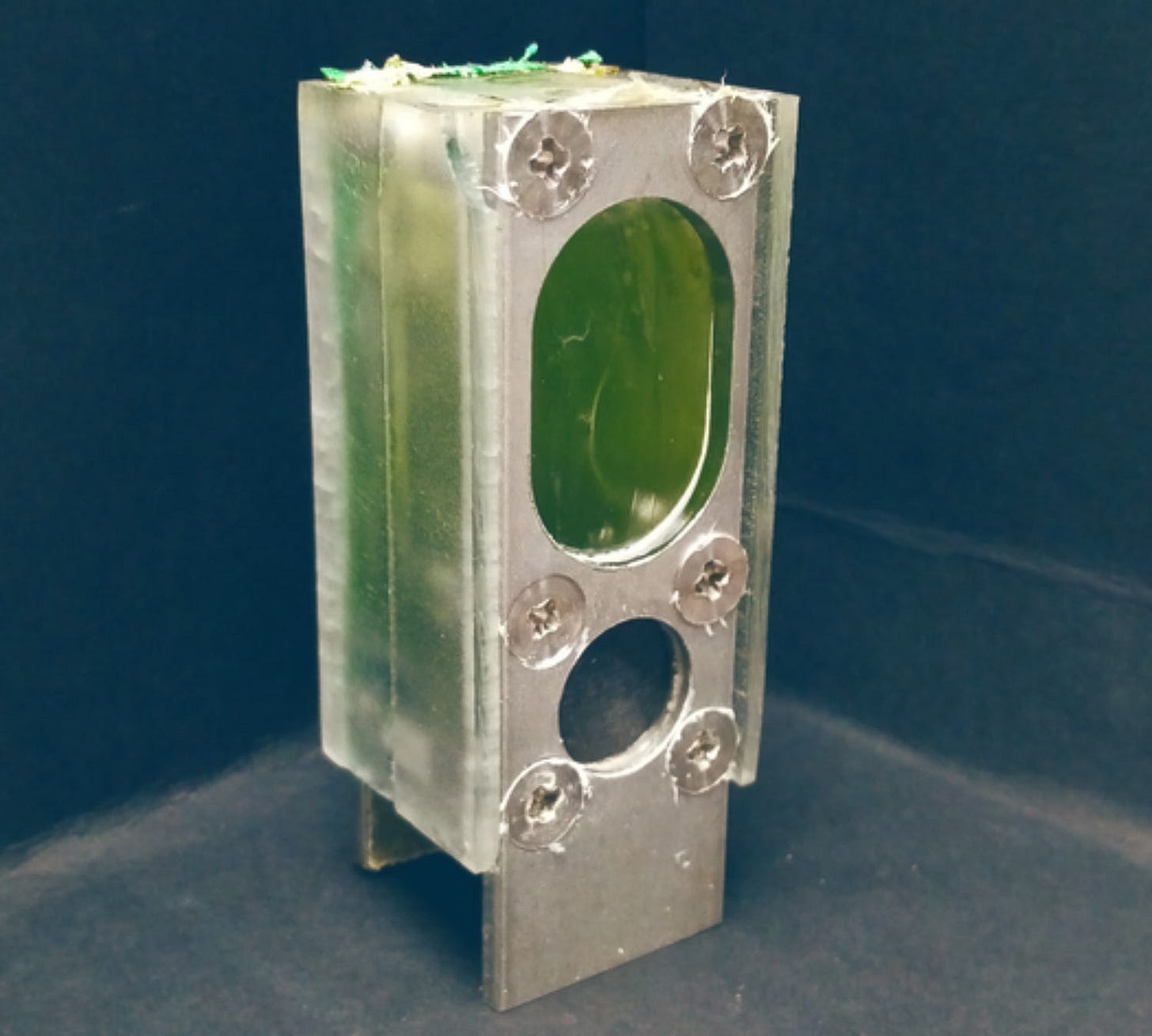Biophotovoltaic System
Written by Aanya Deshpande
The biophotovoltaic system is a way to reduce climate change. The biophotovoltaic system can induce electricity with sunlight and water. This system is something that my middle school’s Future Cities team implemented in our final city’s design to reduce climate change effects.
The biophotovoltaic system can essentially produce currents with sunlight and water, (photosynthesis) meaning that we can use organic matter and live plants to generate energy to power our future city. “The basic idea is the conversion of light energy into electrical energy using photosynthetic microorganisms.” (Frontiers Microbiology Article) Some of the live plants (photosynthetic matter) that we can use are algae, moss, microalgae, photoautotrophic cyanobacteria, and several other organisms. These plants and bacteria are capable of performing oxygenic photosynthesis; a process that converts water and CO2 into biomass initiated by incoming light energy.
Simpler words:
Plants create photosynthesis, which releases nutrients into the soil. Within the soil, natural cyanobacteria live and eat the nutrients given off by the plants. These natural cyanobacteria bacteria excrete electrons. With these electrons in the soil, by sticking an anode and a cathode into the ground; you can harness these electrons and get a voltage. An anode and a cathode are pieces of metal. The anode is the “negative side,” and the cathode is the “positive side”, similar to how a battery works. The anode can be zinc, and the cathode, copper which works together will be able to generate an amount of electricity.
Written by Aanya Deshpande from MEDILOQUY


